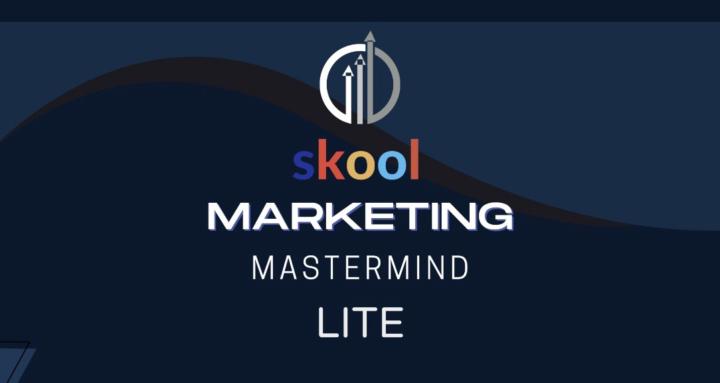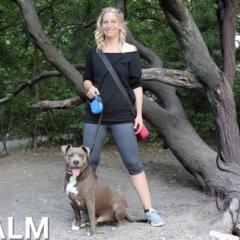🔥
Mar 2 • Offer Creation & Monetization
The Uniqueness Trap: When Your Perfect USP Falls Flat in the Real World
You did everything by the book.
You identified a gap in the market. You developed a product with features no competitor could match.
You crafted a unique selling proposition that made focus group participants nod enthusiastically and say, "Yes, I would absolutely buy that!"
Then you launched... and the market responded with deafening silence.
This isn't just our story. It's a pattern I've seen repeatedly with brands that prioritize differentiation above all else. Our particular version went something like this:
The Perfect USP (On Paper)
Our client's productivity app had a genuinely innovative feature set. We'd combined task management, habit tracking, and calendar optimization using a proprietary algorithm that promised "40% more productivity with 30% less stress."
Focus groups were ecstatic. When presented with our USP alongside competitors, 87% selected our solution as "most appealing" and "most likely to purchase."
Market research firms praised our positioning. Investors wrote checks.
The launch was set.
The Brutal Reality Check
Six months post-launch, our conversion rates were hovering at one-third of projections. User acquisition costs were three times higher than budgeted. The few customers we did acquire weren't using our core differentiating features.
Something was fundamentally broken, and it wasn't our product.
The Authenticity Insight
The breakthrough came during desperate customer interviews, when one early adopter made a comment that stopped us cold:
"Your app is probably better than what I'm using now, but I don't believe it will make me 40% more productive. Nothing could. So I'm wondering what else you're exaggerating."
There it was.
Our unique selling proposition wasn't failing because it wasn't unique enough—it was failing because it wasn't authentic enough.
Further research confirmed a pattern: As markets mature, consumers become increasingly skeptical of extraordinary claims. The very uniqueness we thought would differentiate us was actually triggering doubt.
The Authenticity Pivot
We made three critical changes that transformed our trajectory:
- From Exceptional to Believable: We replaced our claim of "40% more productivity" with "helps you complete your three most important tasks each day." Less impressive, but instantly believable—and still valuable.
- From Features to Stories: Instead of marketing our algorithmic innovations, we shared actual customer experiences. The technical differentiation became background information rather than the headline.
- From Perfect to Human: We openly acknowledged the limitations of our solution and the reality that no productivity system works perfectly. This counter-intuitive move dramatically increased trust.
The results were immediate.
Conversion rates doubled within weeks.
More surprisingly, customer retention improved by 58% over the following quarter.
The Psychology Behind It All
What we discovered wasn't just a marketing tactic but a fundamental shift in consumer psychology.
In an age of information abundance, the scarcest resource isn't product differentiation—it's trust.
Consumers have been burned by too many exaggerated claims and have developed sophisticated internal filters against "too-good-to-be-true" propositions.
This creates a paradox: The more unique and impressive your claimed benefits, the higher the trust barrier you must overcome.
Beyond Our Experience
This pattern extends far beyond our case. Consider these examples:
- A natural skincare brand that reduced its claimed benefits from "eliminates fine lines" to "noticeably softer skin in 14 days" saw engagement increase by 41%.
- A B2B software company that changed its messaging from "revolutionary AI-powered insights" to "helps sales teams have better customer conversations" doubled its demo requests.
- A plant-based food company that shifted from "indistinguishable from meat" to "delicious plant-based alternative that's better for you and the planet" reversed declining sales within one quarter.
The New Marketing Equation
What we've learned is that the traditional marketing equation:
Unique Benefits + Target Audience = Success
Has evolved to:
Believable Benefits + Authentic Communication + Target Audience = Success
Making It Work For You
If your brilliant USP isn't delivering expected results, ask yourself:
- Is our primary claim instantly believable to someone with no prior knowledge of our brand?
- Are we emphasizing what makes us different, or what makes us trustworthy?
- Does our messaging acknowledge the real-world context and limitations our customers live with?
Sometimes, stepping back from "revolutionary" to simply "helpful" is the most revolutionary move you can make.
The irony is clear: In pursuing what made us unique, we'd actually become less authentic. And in a crowded marketplace, authenticity is the ultimate differentiator.
6
0 comments

skool.com/marketing-mastermind-lite-2478
For entrepreneurs and marketers focused on doubling their customers through smarter marketing strategies, better offers, and proven growth tactics.
Powered by


